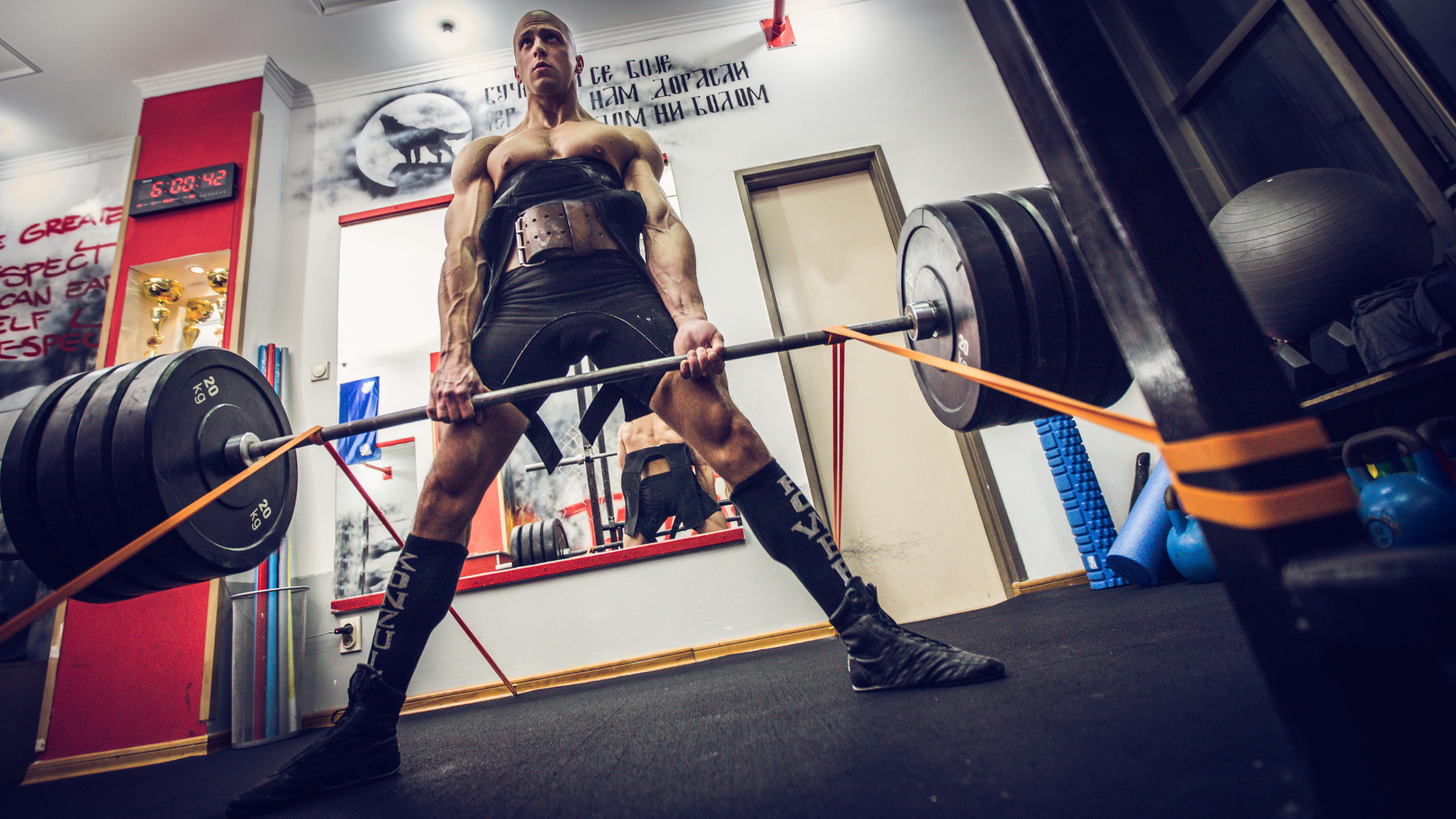Here is why I switched to doing sumo deadlifts and why you should give this exercise a try too
Sumo deadlifts might reduce the range of motion (slightly) but they attack your hamstrings from a whole new angle


I read, watched and listened to way too many bro scientists telling me sumo deadlifts are for weaklings who can't do proper deadlifts. Let me tell you, these people are wrong and so was I, not giving this awesome compound exercise a try up until now. Now that I did, I simply can't stop doing them.
As we all know, bro-science is not based on actual science; at best it's a culmination of a bodybuilder's own experience lifting heavy objects for years. It's also based on bros telling other bros what they did that resulted in them having big muscles. Bros influence other bros who, in turn, will influence more bros and so on.
The problem with this is that it follows a one-size-fits-all approach. This person has big muscles so whatever he or she does will result in me having big muscles. Sadly, this is not how bodybuilding works. We have different physiology and our metabolism work differently too; a workout that gets one person fit might not do much to your body.
Sumo deadlifts are a good example. I avoided them as I thought they were inferior to standard barbell deadlifts; after all, the range of motion is indeed limited as you use a wider stance. But especially because of this wider than usual stance, the sumo deadlift provides a different stimulus and fires up your hip adductors. Hello, DOMS, my old friend.
As for the limited range of movement, there is plenty of distance to cover still when doing sumo deadlifts. I'm 6"1' and have long legs and arms, so I will have to lift the fully loaded barbell quite high, even if I move my feet slightly outwards. Plus, I can always play around with time under tension and even hold the barbell at the top of the movement for longer to increase muscle activation.
Of course, I wouldn't go as far as not doing standard deadlifts ever again but having a bit of a variety will help keep my muscles on their toes which is essential for muscle growth and to avoid plateaus in your development.
How to perform sumo deadlifts
Stand in a wider than shoulder-width stance close to the barbell. Feet are pointing outwards slightly. Grab the barbell with both hands; use whatever grip you prefer (people will recommend the under-over grip but feel free to go overhand only).
Get all the latest news, reviews, deals and buying guides on gorgeous tech, home and active products from the T3 experts
Your hands should be at most shoulder-width apart, although some people will use a narrower grip. The narrower the grip, the less stable you can hold the barbell, so make sure you don't go too narrow when pulling heavier weights.
Most importantly, keep your spine neutral and your back straight all the way through the movement. Before you start the movement, brace your core and take a deep breath. Then, as you exhale, lift the bar up using the glutes and the quads first. Push through your heels and don't let your hips rise until the bar reaches your knees.
Once the bar is knee-height, you can start the hip hinge part of the movement. It's important to keep the shoulders wide and to pull the weight with all your back, not just the lower back. If you can't keep a straight posture, you're lifting weights that are too heavy for you; consider unloading a few bumper plates from the bar.
Once you're fully straightened up, it's time to lock out the movement. Wait until your body is fully upright, and stand for a second with the barbell in your hands.
You're not through the woods yet; you will have to be equally as careful on the way down as you were on the way up. Lucky for you, all you have to do is reverse the movement: lower the bar with a hip hinge until it's around knee height then bend the knees and gently place the bar back on the ground.
That's one rep.
Sumo deadlifts: what gear will you need
Sumo deadlifts are best performed using a barbell and weight plates. It's not likely you have this set up in your home gym (unless you're a fitness writer...) but admittedly, the best way to do deadlifts is to go heavy. And the best way to go heavy is to use a barbell. It's elementary, my dear Watson.
That said, theoretically, you can do sumo deadlifts with any weights, just like how you can perform deadlifts with any weights. You can use a pair of dumbbells (maybe even adjustable dumbbells) or kettlebells to do sumo deadlifts. One kettlebell and some resistance bands could also work.
Deadlifts are best performed using flat-soled workout shoes so you have more control over your balance. I prefer doing sumo deadlifts barefoot at home, although I have a carpeted workout area. I assume it wouldn't be the same doing deadlifts barefoot on stone or laminated floors. Definitely use footwear that has a good grip, preferably a rubber outsole.

Matt Kollat is a journalist and content creator who works for T3.com and its magazine counterpart as an Active Editor. His areas of expertise include wearables, drones, fitness equipment, nutrition and outdoor gear. He joined T3 in 2019. His byline appears in several publications, including Techradar and Fit&Well, and more. Matt also collaborated with other content creators (e.g. Garage Gym Reviews) and judged many awards, such as the European Specialist Sports Nutrition Alliance's ESSNawards. When he isn't working out, running or cycling, you'll find him roaming the countryside and trying out new podcasting and content creation equipment.